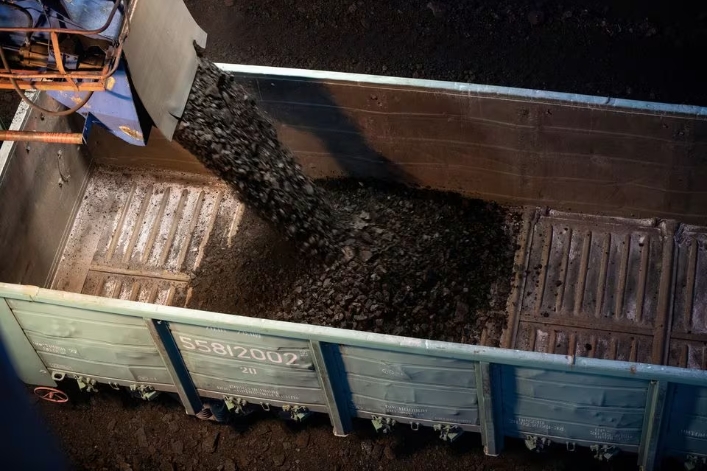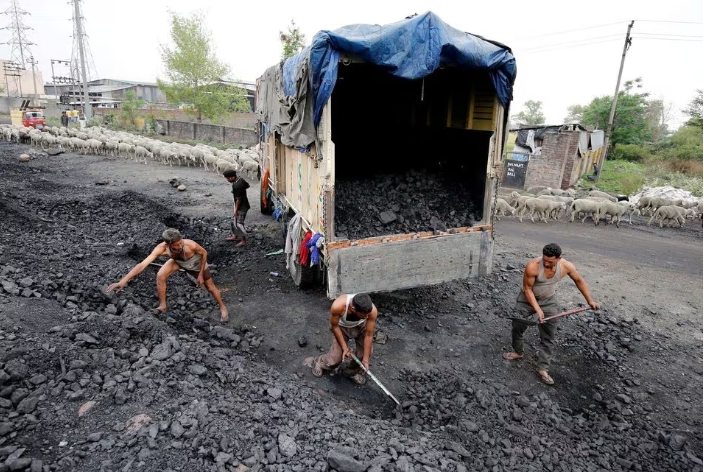Large dams worldwide have lost an estimated 13% to 19% of their combined original storage capacity as a result of trapped sediment, with that number set to rise to 23% to 28% by 2050, new UN research warns.
The report - Present and Future Losses of Storage in Large Reservoirs Due to Sedimentation – says that global loss from original dam capacity foreseen by mid-century – from ~6,300 billion to ~4,650 billion m3 in 2050 – roughly equals the annual water use of India, China, Indonesia, France and Canada combined.
For the research, the United Nations University’s Canadian-based Institute for Water, Environment and Health applied previously-determined storage loss rates in various areas worldwide to large dams in 150 countries to forecast cumulative reservoir storage losses by country, region, and globally.
The UK, Panama, Ireland, Japan and Seychelles will experience the highest water storage losses by 2050 – between 35% and 50% of their original capacities – the study shows. By contrast, Bhutan, Cambodia, Ethiopia, Guinea, and Niger will be the five least affected countries, losing less than 15% by mid-century.
“The decrease in available storage by 2050 in all countries and regions will challenge many aspects of national economies, including irrigation, power generation, and water supply,” said Dr. Duminda Perera, who co-authored the study with UNU-INWEH Director Vladimir Smakhtin and Spencer Williams of McGill University in Montreal. It is published by the journal Sustainability. “The new dams under construction or planned will not offset storage losses to sedimentation. This paper sounds an alarm on a creeping global water challenge with potentially significant development implications.”
The researchers applied previously-established storage loss rates worldwide to a subset of nearly 60,000 dams in a database maintained by the International Commission on Large Dams (ICOLD). The subset comprises 47,403 large dams for which original storage capacity and year of construction are known: 28,045 in Asia-Pacific, 2,349 in Africa, 6,651 in Europe, and 10,358 in North, Central and South America.
Global average annual storage losses amount to approximately 0.36% of initial capacity, the UNU-INWEH study says, noting that figure may err on the conservative side. Previous attempts to estimate a global annual rate of loss from initial reservoir capacity generally agree on a range between 0.5% and 1%.
Many other studies suggest, however, that reservoir sedimentation rates and associated storage losses are site-specific and vary significantly between regions.
For example, other researchers have estimated the loss from 190 California reservoirs at more than 50% from their original capacities, with 120 reservoirs having lost over 75%. A similar study predicted Japan’s Sakuma reservoir will lose around 44% of its initial capacity by 2040.
Authors of the new paper note that their rough estimates could be greatly improved through consistent basin-wide monitoring of sediment transport and frequent bathymetry surveys of individual reservoirs.








